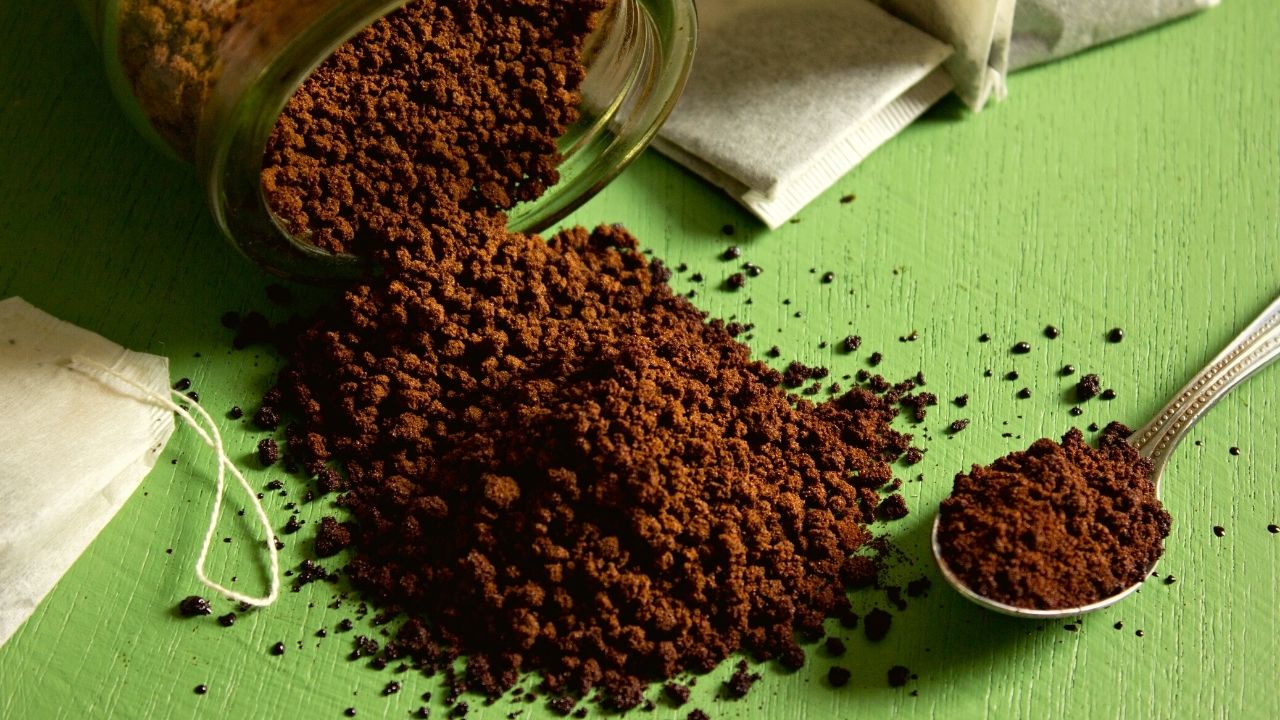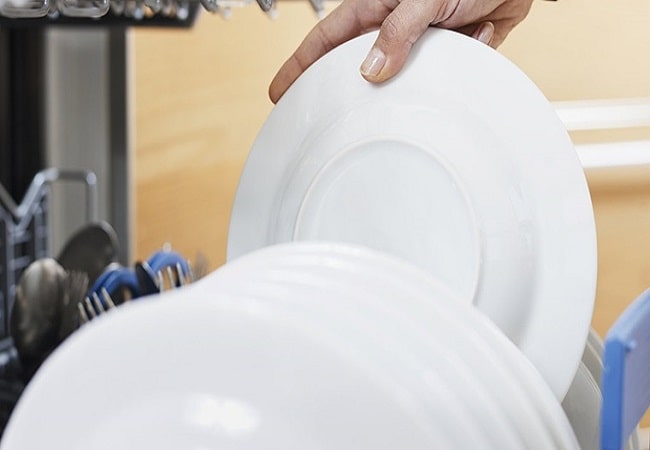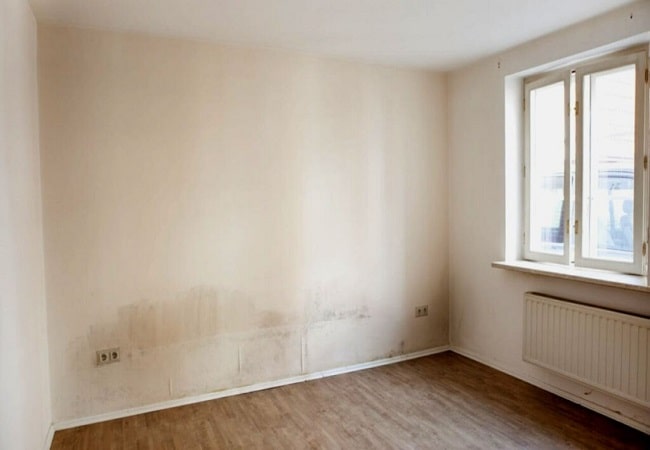A food processor is an essential option for grinding coffee beans if you want to make a small amount of coffee. However, it is not the best option if you’re going to grind many coffee beans. For that, you would be better off using a coffee grinder.
When using a food processor to grind coffee beans, there are some things to keep in mind.
- First, make sure that the food processor is clean and dry before grinding the beans.
- Also, be careful not to over-grind the beans. If they are ground too finely, they will release too much flavor, and your coffee will taste bitter.
- So, if you’re looking to make a small batch of fresh coffee beans, a food processor is a good option.
- But if you’re trying to grind many beans, you’re better off using a coffee grinder.
Contents
- 1 The variation between a Grinder and Food Processor
- 2 What type of coffee is suitable when grinding from a food processor?
- 3 How to Grind Coffee Beans With A Food Processor
- 4 How to Grind Coffee Beans with a Rolling Pin
- 5 How to Grind Coffee Beans with a Mortar and Pestle
- 6 How to Grind Coffee Beans With a Blender
- 7 How to Grind Coffee Beans with a Hand Mincer or Garlic Press
- 8 Frequently Asked Questions
- 9 Conclusion
The variation between a Grinder and Food Processor
You can use two main kitchen appliances when grinding coffee: a grinder and a food processor.
A grinder is specifically designed for grinding coffee beans. It has several sharp blades that chop the beans into smaller pieces. It results in a more consistent grind and allows the coffee to release more flavor.
A food processor is not specifically designed for grinding coffee beans. However, it used to do this job if you are careful. The blades of a food processor are not as sharp as those of a grinder, so the grind will not be as consistent. The food processor will not chop the beans into small pieces like a grinder.
So for the best possible cup of coffee, a grinder is the way to go. Suppose you’re only making a small coffee or don’t have a grinder available. In that case, a food processor is used as a substitute. Be careful not to over-grind the beans, or your coffee will taste bitter.
What type of coffee is suitable when grinding from a food processor?
Arabica coffee is good when grinding from a food processor. The beans are denser and have a more even grind than other types of coffee. It results in a cup of coffee that has a more consistent flavor.
Additionally, Arabica beans are less likely to produce a bitter taste than other types of coffee. So, for the best possible cup of coffee, Arabica beans are a good choice.
How to Grind Coffee Beans With A Food Processor
Here are some steps to grind coffee beans with a food processor:
- Start by washing and drying the food processor. Ensure that it is completely clean and free of any residue before grinding the beans.
- Place the coffee beans you need in the bean grinder.
- Close the lid of the food processor and turn it on.
- Be careful not to over-grind the beans. If they are ground too finely, they will release too much flavor, and your coffee will taste bitter. Grind them for no more than 20 seconds.
- Remove the ground coffee from the food processor and store it in an airtight container.
Enjoy your fresh cup of coffee!
How to Grind Coffee Beans with a Rolling Pin
If you don’t have a food processor or a grinder, you can still grind coffee beans using a rolling pin. It is a good option if you’re only making a small coffee. Here’s how to do it:
- Wash the rolling pin thoroughly before grinding the beans. Make sure that it is still completely dry.
- Add the desired amount of coffee beans to a plastic bag.
- Seal the bag and then use the rolling pin to grind the beans.
- Be careful not to over-grind the beans. If they are ground too finely, they will release too much flavor, and your coffee will taste bitter. Grind them for no more than 20 seconds.
- Remove the ground coffee from the bag and store it in an airtight container.
How to Grind Coffee Beans with a Mortar and Pestle
If you don’t have a food processor, grinder, or rolling pin, you can still grind coffee beans using a mortar and pestle. It is the oldest and most traditional way to grind coffee beans. Here’s how to do it:
- Start by washing and drying the mortar and pestle. Ensure that they are clean and free of any residue before grinding the beans.
- Mix the desired amount of coffee beans into the mortar.
- Use the pestle to grind the beans.
- Be careful not to over-grind the beans. If they are ground too finely, they will release too much flavor, and your coffee will taste bitter. Grind them for no more than 20 seconds.
Take away the coffee from the mortar and transfer it to an airtight container.
How to Grind Coffee Beans With a Blender
You can still grind coffee beans using a blender if you don’t have a food processor, grinder, rolling pin, or mortar and pestle. It is the easiest way to grind coffee beans, but it’s not as effective as a food processor or grinder. Here’s how to do it:
- Wash and then dry the blender before grinding the beans. Grind the beans immediately after they are ground.
- Add the desired amount of coffee beans to the blender.
- Blend the beans for about 20 seconds.
- Be careful not to over-grind the beans. If they are ground too finely, they will release too much flavor, and your coffee will taste bitter.
- Remove the ground coffee from the blender and store it in an airtight container.
How to Grind Coffee Beans with a Hand Mincer or Garlic Press
If you don’t have a food processor, grinder, rolling pin, mortar, pestle, or blender, you can still grind coffee beans using a hand mincer or garlic press. It is the slowest and most labor-intensive way to grind coffee beans, but it’s still better than not grinding them. Here’s how to do it:
- Start by washing and drying the hand mincer or garlic press. Ensure that they are clean and free of any residue before grinding the beans.
- Add the desired amount of coffee beans to the mincer or garlic press.
- Mince or press the beans for about 20 seconds.
- Be careful not to over-grind the beans. If they are ground too finely, they will release too much flavor, and your coffee will taste bitter.
- Remove the ground coffee from the mincer or garlic press and store it in an airtight container.
Relax and enjoy your delicious cup of coffee!
Frequently Asked Questions
Can you grind whole bean coffee in a food processor?
You can use a food processor for a quick and easy way to grind whole bean coffee. Add beans, processing settings, and blend until desired consistency is reached. Watch the grounds as they will get dense and clumpy quickly- give it a few pulses if needed.
Can you use a small food processor to grind coffee beans?
A small food processor can grind coffee beans, but it may not be as effective as a larger food processor. Be careful not to over-grind the beans, or they will release too much flavor, and your coffee will taste bitter.
Should you grind coffee beans before or after brewing?
Use freshly ground coffee immediately for the best flavor. If you wait too long to brew the coffee, the grounds will lose their flavor.
Can you use a food chopper to grind coffee beans?
You can use a food chopper to grind coffee beans, but it may not be as effective as a food processor. Be careful not to over-grind the beans, or they will release too much flavor, and your coffee will taste bitter.
Conclusion
In conclusion, a food processor can grind coffee beans, but it is not the best way to do it. The food processor blades are not as sharp as a coffee grinder, so it takes longer to grind the beans. Additionally, the consistency of the grind will not be as consistent as with a coffee grinder. However, if you don’t have a coffee grinder and need to grind beans quickly, a food processor will do the job.





Leave a Reply